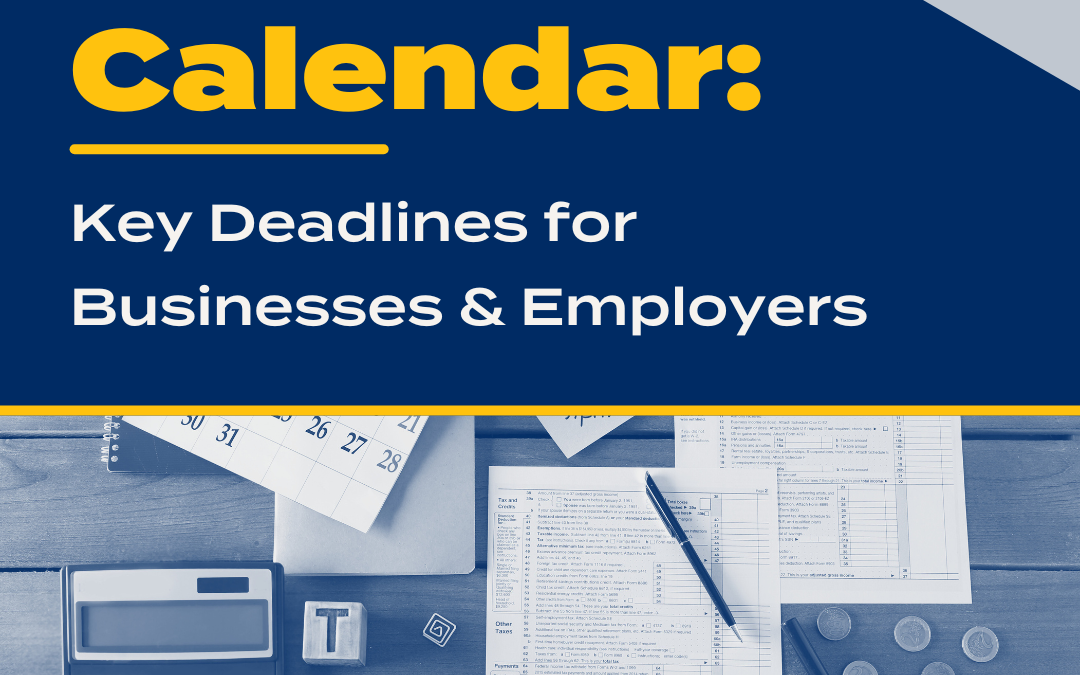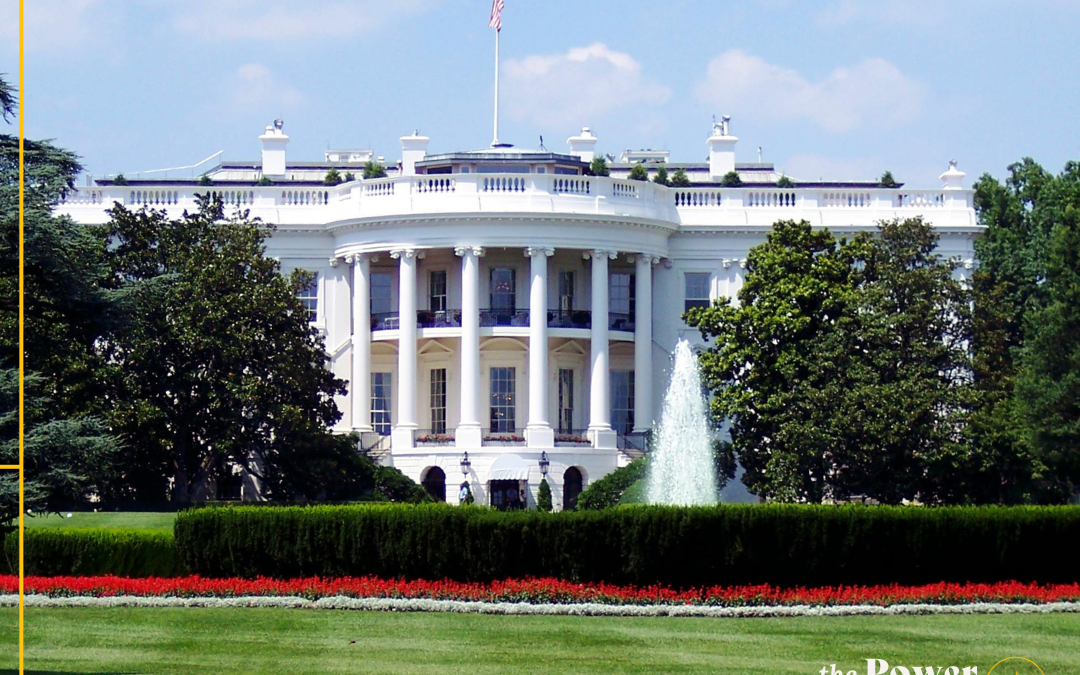The topics on everyone’s mind these days seem to be the coronavirus pandemic and the various related acts that were put into place to provide relief to business operations; however, there is another act that should be kept in mind right now.
The Setting Every Community Up for Retirement Enhancement (SECURE) Act (Act) is in effect for plan years that begin after Dec. 31, 2019, and is one of the most significant retirement reform packages in more than a decade. This act affects individuals, employers and plan administrators through changes made to the IRC (Internal Revenue Code) and ERISA. Some of the key highlights affecting employers and plan administrations are as follows.
Pooled Employer Plans
With the SECURE Act comes changes for multiple employer plans (MEPs). MEPs allow businesses to essentially team up to enable employers to provide their employees with a defined contribution plan (such as a 401(k) plan). By pooling smaller employers together, the employers are able to benefit from lower-cost plans similar to what a larger employer is able to offer while cutting out some of the burden of having multiple plans and outside administrators along with lightening some of the fiduciary duties.
Historically, a MEP has required the participating employers to have some type of relationship or commonality; however, this Act now allows more options to enable participation in a MEP. The Act created pooled employer plans (PEPs) that will allow a group of unrelated employers to be administered by one designated pooled plan provider (PPP)*. The PPP selected by the employer will be the plan administrator and the plan fiduciary; however, the employer will still be ultimately responsible for monitoring the PPP. With the economies of scale that these employers gain through having common plan administration, they also may be able to file a consolidated Form 5500 that can also result in additional cost savings for a small to mid-size employer.
In the past, MEPs had a “one bad apple” rule that was riskier for employers in that if one of the participating employers had a compliance or regulatory issue (such as failing to make timely contributions to the plan), all of the employers were at risk of the MEP losing its tax-exempt status. The PPP now eliminates this rule, provided that certain criteria are met.
*Not to be confused with the Paycheck Protection Program (PPP).
Deadline Change for Plan Adoption
Typically, most retirement plans were required to be set up during the tax year in which the plan was to take effect. The Act now extends the adoption deadline to as late as the due date of the employer’s tax return (which would include any extensions filed). This looser restriction will give employers more flexibility in making contributions to help them reduce plan sponsor tax liabilities.
Penalty Increases
Employee benefit plans always have been tightly regulated, and compliance is of the utmost importance with so many employee funds being accounted for, especially in today’s climate. The Act now increases penalties even more for plans failing to comply with filing requirements:
-
- Failure to timely file a Form 5500 is $250 per day up to a maximum of $150,000 (up from the previous amount of $25 per day and maximum of $15,000). In addition to this late filing penalty for Form 5500, there is also an additional potential charge by the Department of Labor (DOL) of up to $2,194 per day that remains unchanged by the SECURE Act.
-
- Failure to file Form 8955-SSA is $10 per participant per day, not to exceed $50,000 (up from the previous amount of $1 per participant and maximum of $1,000).
- Failure to provide required withholding notices (such as income tax withholding notices) can be assessed up to $100 for each failure, not to exceed $50,000 for the calendar year (up from $10 for each failure with the maximum of $5,000).
Annuities
Annuity options are designed to help retirees spread out future income for the expected duration of their lives. Oftentimes, employers are hesitant to offer these options for fear that calculations could be wrong or the risk of liability they could face if the annuity provider runs into financial issues. The SECURE Act now provides employers protection from this liability as long as the provider they choose meets certain criteria. The Act mandates employers to provide plan participants with a statement at least annually that would show participants what their estimated monthly payments would be if their total account balance were to be paid out as an annuity.
Safe Harbor Plans
Prior to the SECURE Act, employers with safe harbor plans had to give employees notice prior to the beginning of the plan year of qualified non-elective contributions (contributions an employer makes that is separate than a matching contribution) of at least 3 percent. The Act eliminates this notice requirement.
The Act also relaxed non-elective safe harbor amendment guidelines. If your plan is not a safe harbor plan, you can amend it to include the safe harbor non-elective option any time during the plan year up to 30 days before the plan year end. A current safe harbor non-elective plan can be amended retroactively by the end of the following plan year if they choose to increase the safe harbor non-elective contribution from 3 percent to 4 percent, provided certain conditions are met.
Auto-Enrollment
For plans with Qualified Automatic Contribution Arrangements (QACAs), the maximum limit of the default percentage was raised from 10 percent to 15 percent of compensation (outside of the first year of participation) to encourage higher retirement savings of participants.
Expanded Employee Participation
A typical 401(k) plan oftentimes excludes participation from employees who work less than 1,000 hours per year. The SECURE Act will now require employers to include those that worked at least 500 hours in three consecutive years and are at least age 21 at the end of the three-year period (beginning on Jan. 1, 2021).
As you can see, the SECURE Act is very involved. There are numerous other provisions within the Act that affect individuals, and the above is just intended to provide you with a few of the larger changes that affect employers. Be sure to work with your third-party administrator to fully understand the options available to you.
Sign Up to Receive Email Updates
Be sure you’re getting the latest insights as legislative developments occur. We’re here for you with tax insights and business resources.
Sign Up Now
We Are Here for You
Contact us to talk through the challenges your business faces as you navigate through this unprecedented time. No doubt you’ll need help assessing cash flow and making smart projections, reviewing loan covenants, lining up bridge financing, talking to banks and lenders, figuring out staff loads and employee counts, handling disrupted supply chains, and so much more.
Read An Important Message from Our Firm





